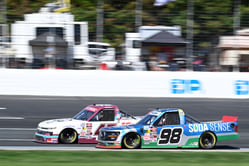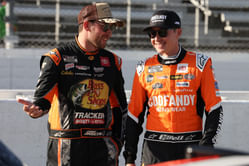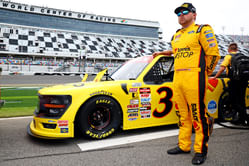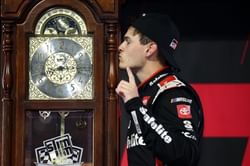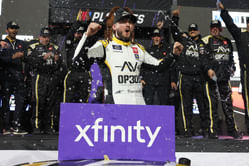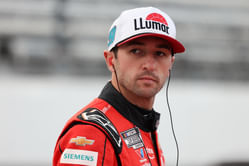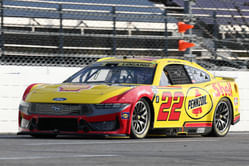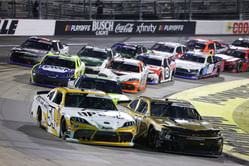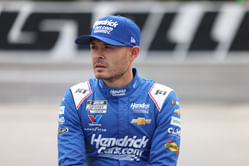
NASCAR cars are arguably one of the best high performance sports cars in the world. The high speeds on the straights and turning velocities on the curves of an oval track, make the cars one of only few racing machines to achieve these feet.
The spectacle created by the NASCAR cars is astounding and interesting, with one intriguing factor being that the cars turn left bulk of the time.
In America, the driver is positioned on the left side of the vehicle, a convention followed in NASCAR as well. Additionally, the majority of races are held on oval tracks, with a few held on road courses. In an oval race the cars have to turn in one direction. Hence it is advantageous in terms of drivability to turn in the direction in which the drivers are positioned.
NASCAR cars are well engineered machines, finely tuned for the unique challenges of oval tracks. Turning left for the entire race allows teams to fine-tune their setups specifically for counter clockwise racing, optimizing factors such as tire wear, aerodynamics, and suspension geometry.
Why do NASCAR drivers drive counter clockwise?
Historically in America, race cars have been driven counterclockwise since the advent of motorsports in the country. Hence, a particular reason cannot be pinpointed as to why cars are driven counterclockwise. But one technical reason might be justifiable; driving counterclockwise coincides with the driving position, which is on the left side.
A left-side driver-positioned car offers an enhanced view of the track during turns and keeps them at a greater distance from the wall, thus improving overall safety. As the turns are predominantly on the left and the barriers and walls are on the right.
Beyond its technical and safety implications, counterclockwise racing has become deeply incorporated into NASCAR's cultural identity. The sight of NASCAR cars thundering around oval tracks, constantly turning left, has become an iconic image synonymous with the sport's adrenaline-fueled excitement.
FAQ's on Do NASCAR cars turn left or right?
A. The driver is positioned on the left side of the vehicle and the majority of races are held on oval tracks, where the cars have to turn in one direction. Due to these factors it is advantageous in terms of drivability to turn in the direction in which the drivers are positioned.
A. The major advantages are in terms of car setup as the team engineers can optimize factors such as tire wear, aerodynamics, and suspension geometry.
A. The turns are predominantly on the left and the barriers and walls are on the right. Hence in the event of a crash the drivers are at a relatively safe distance.
A. Driving counter clockwise offers the driver an enhanced view of the track during turns and keeps them at a greater distance from the wall, thus improving overall safety.
A. The nature of oval tracks provide greater spectacle as cars are driven at their maximum potential.
